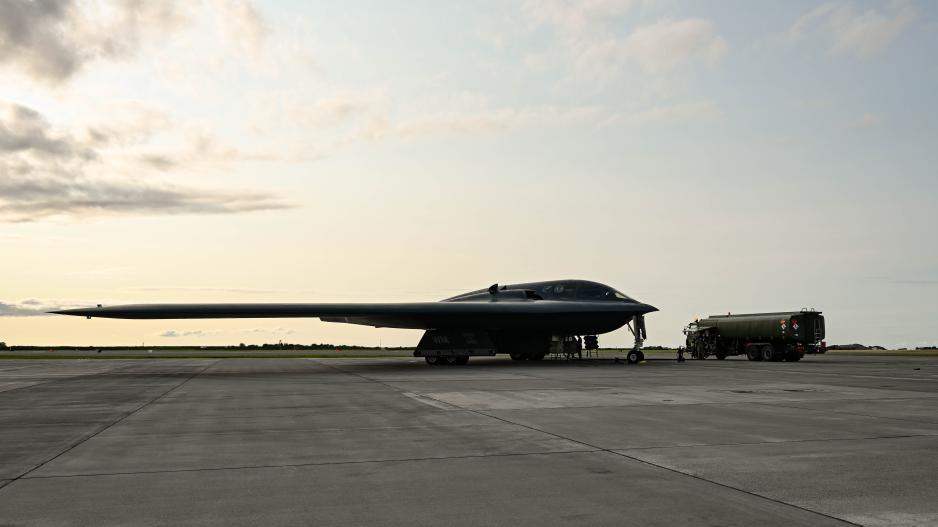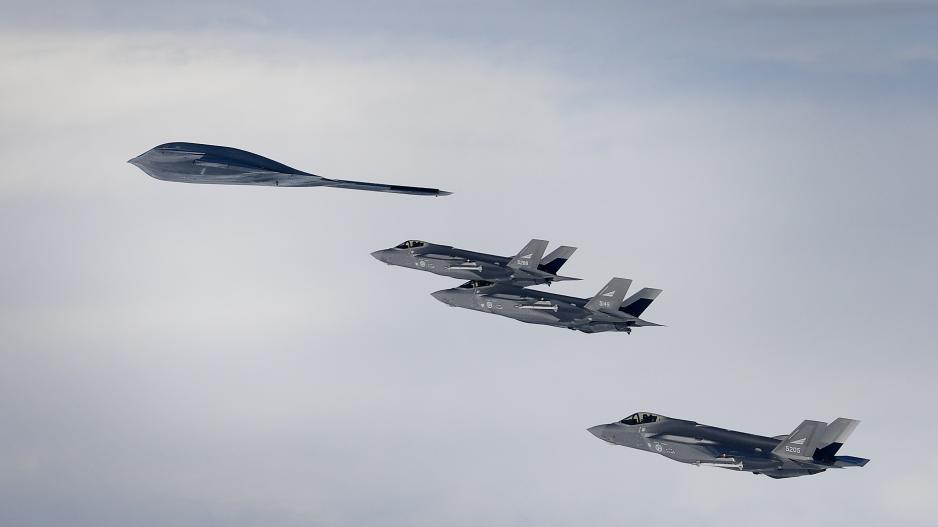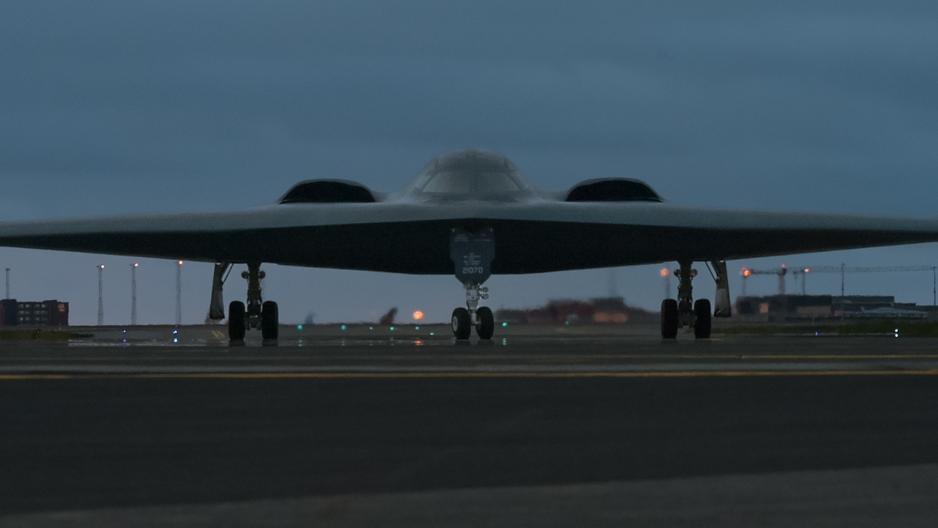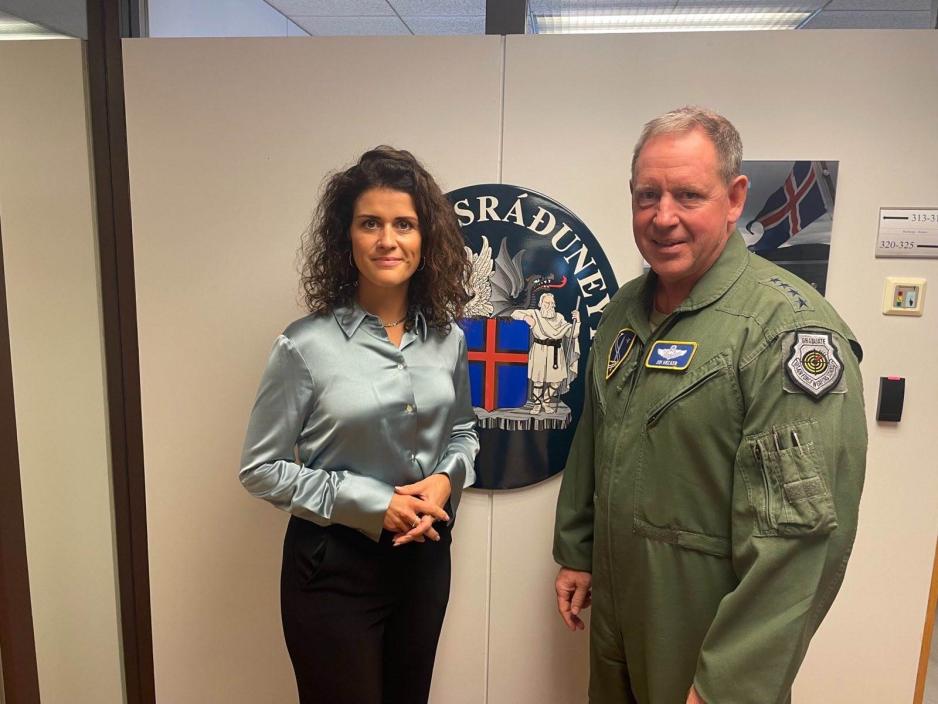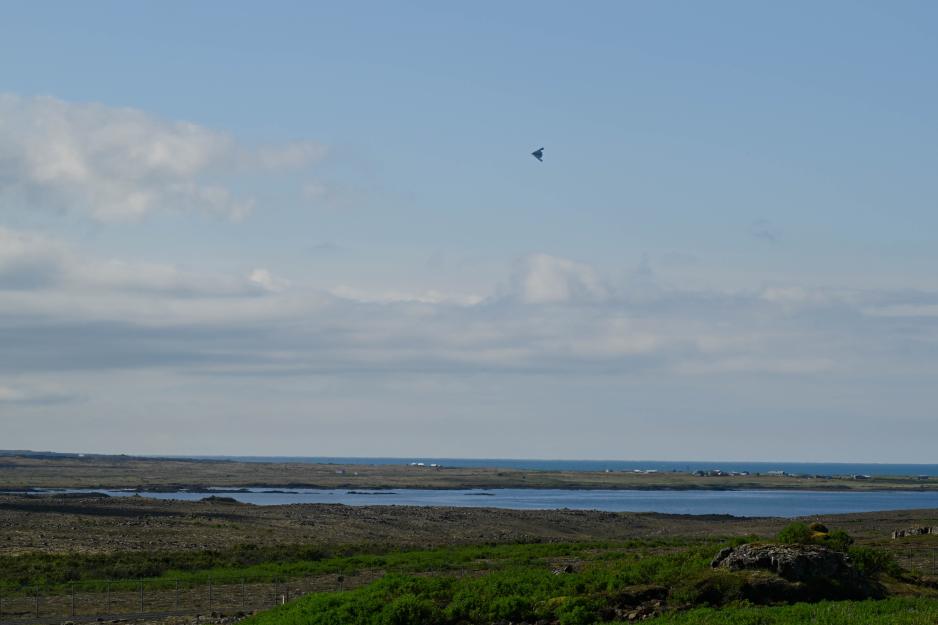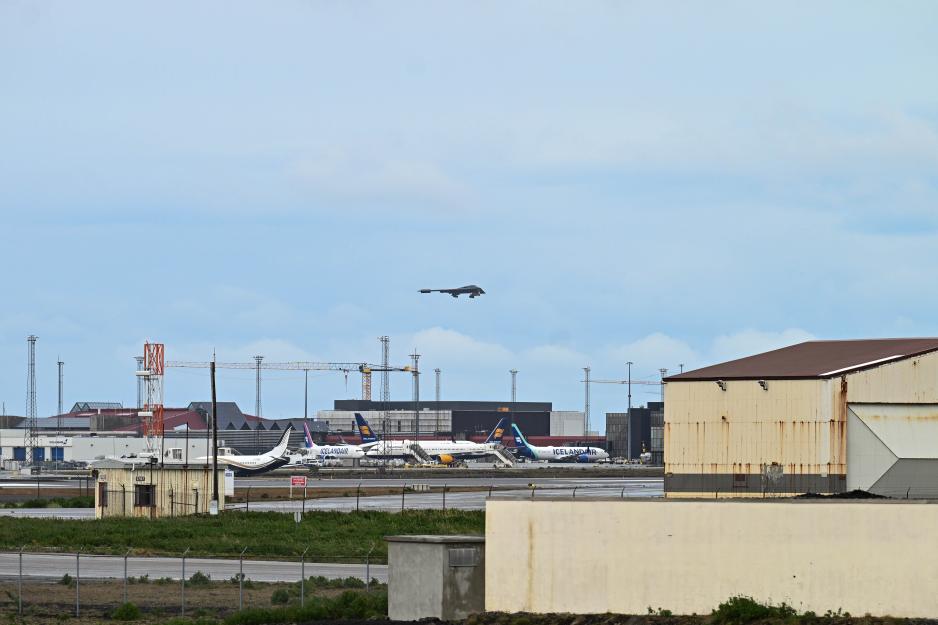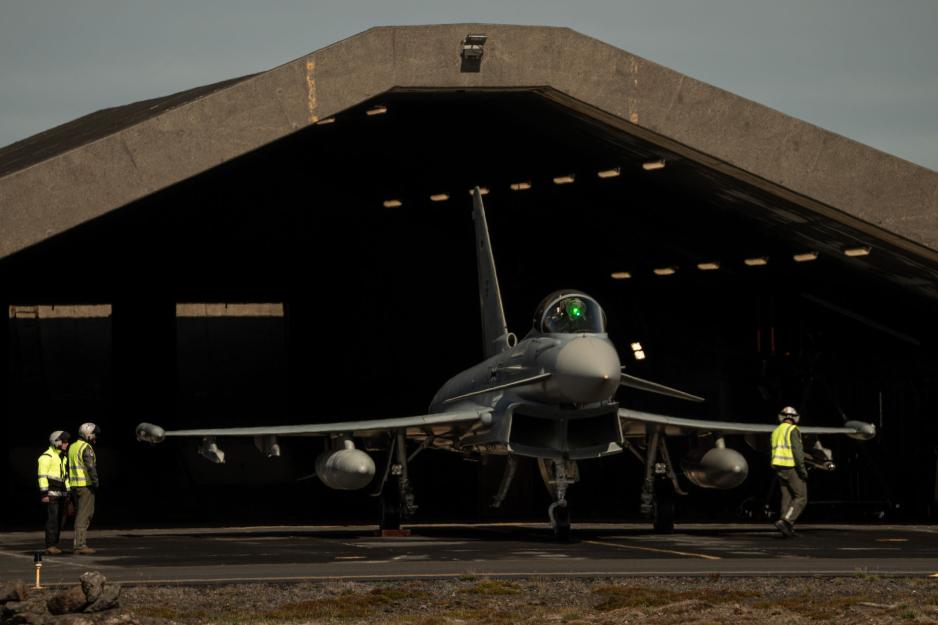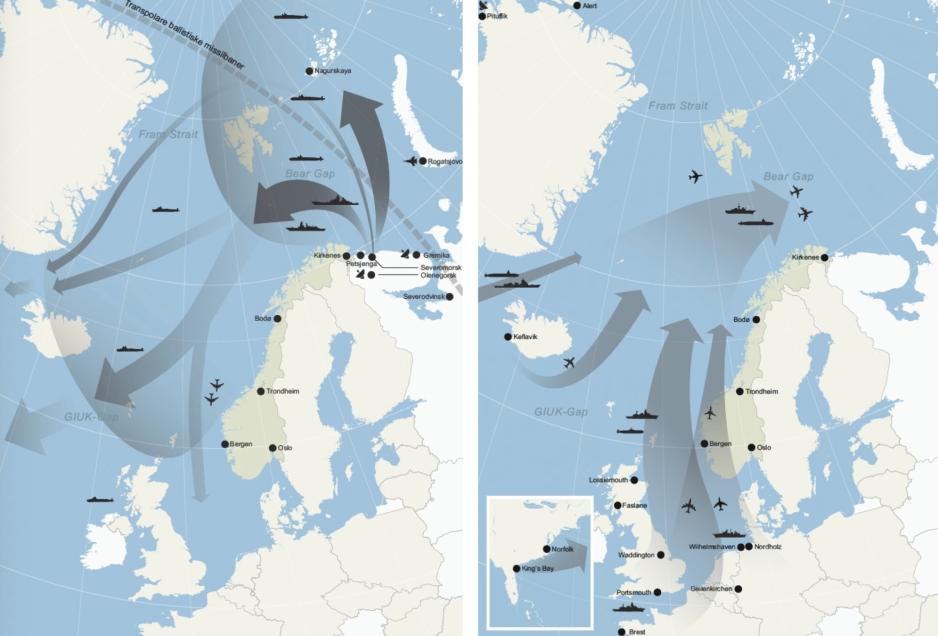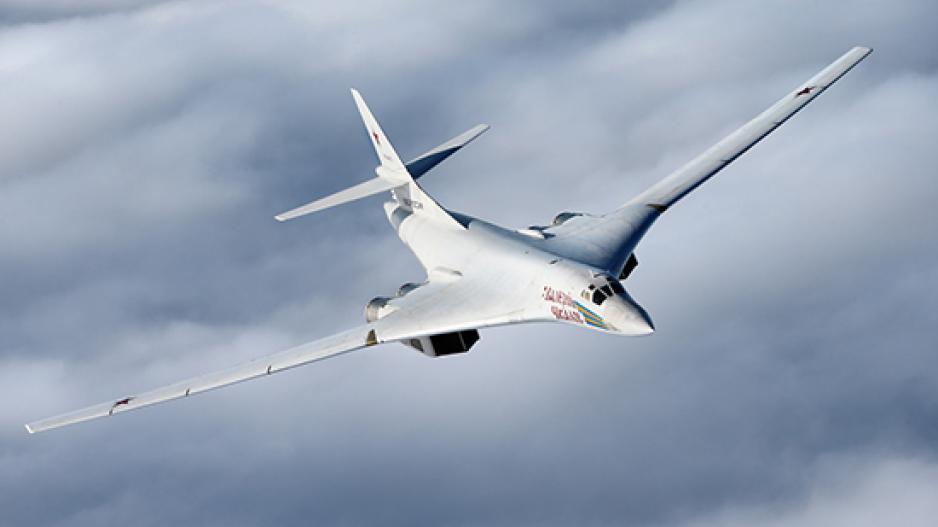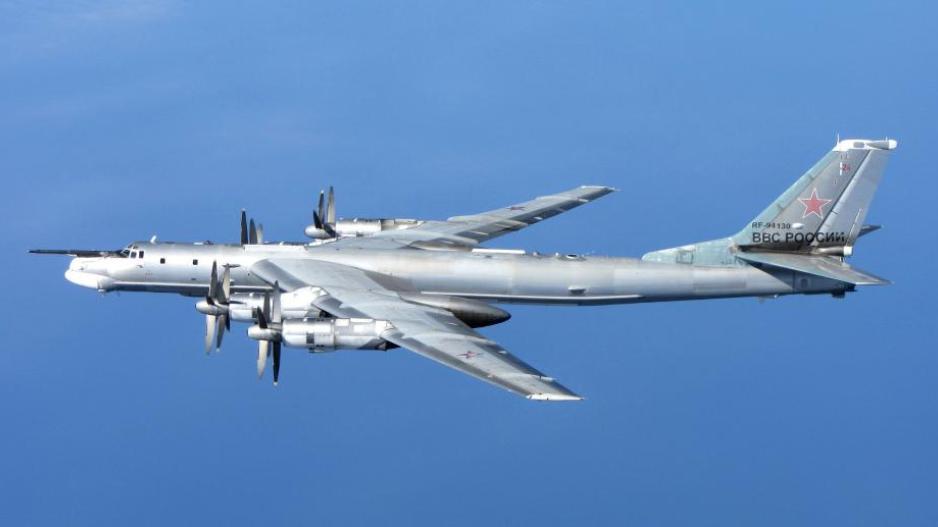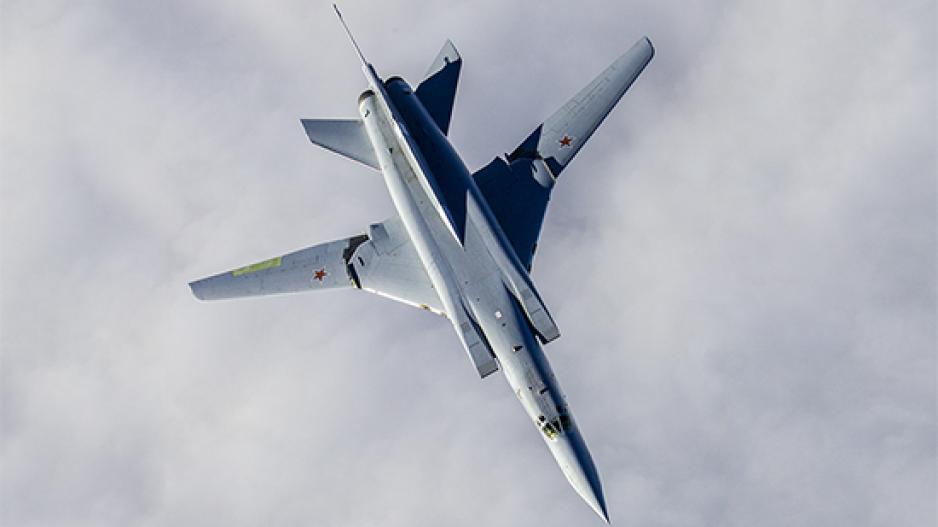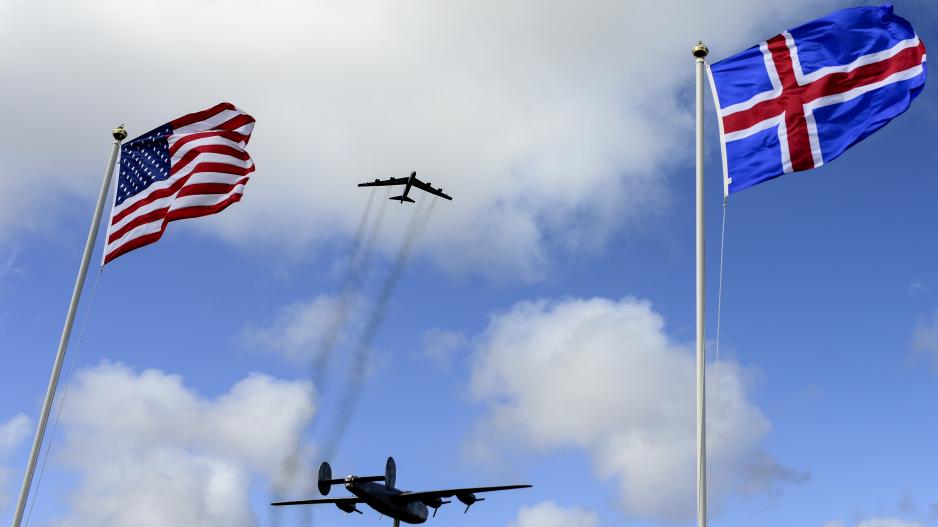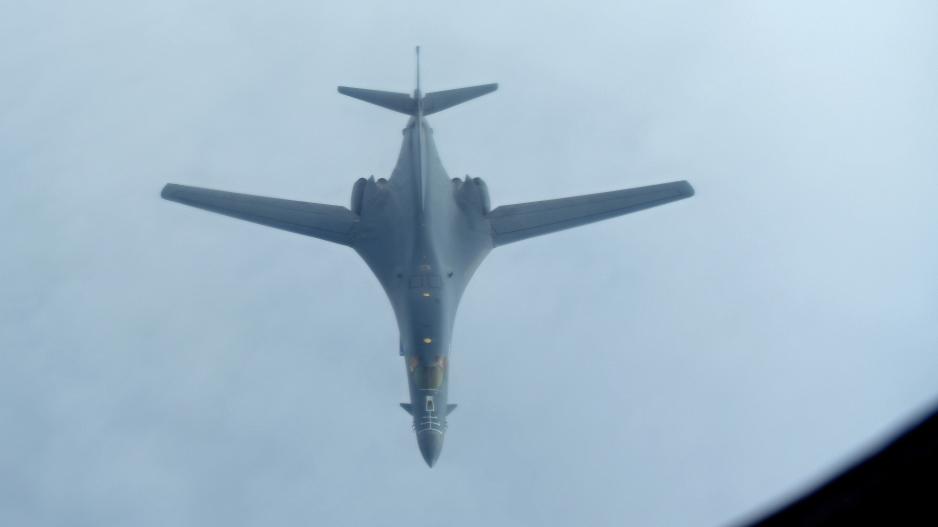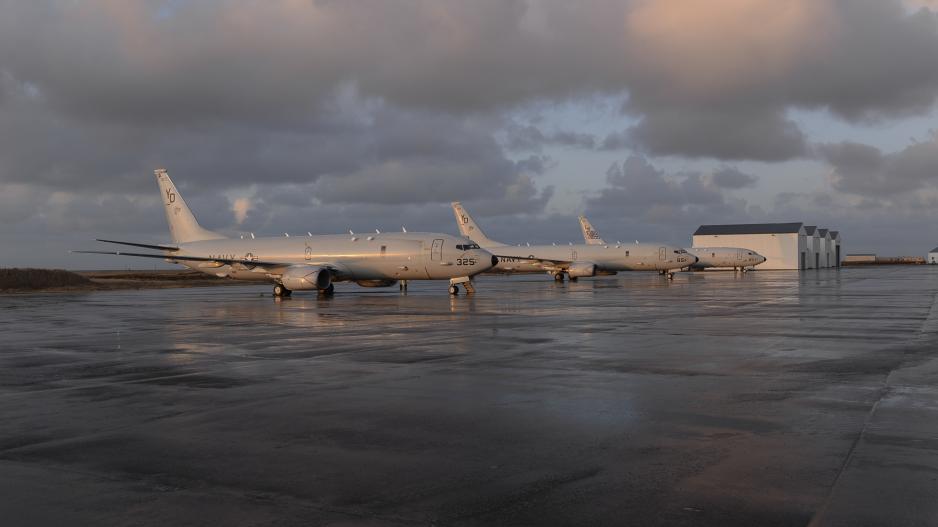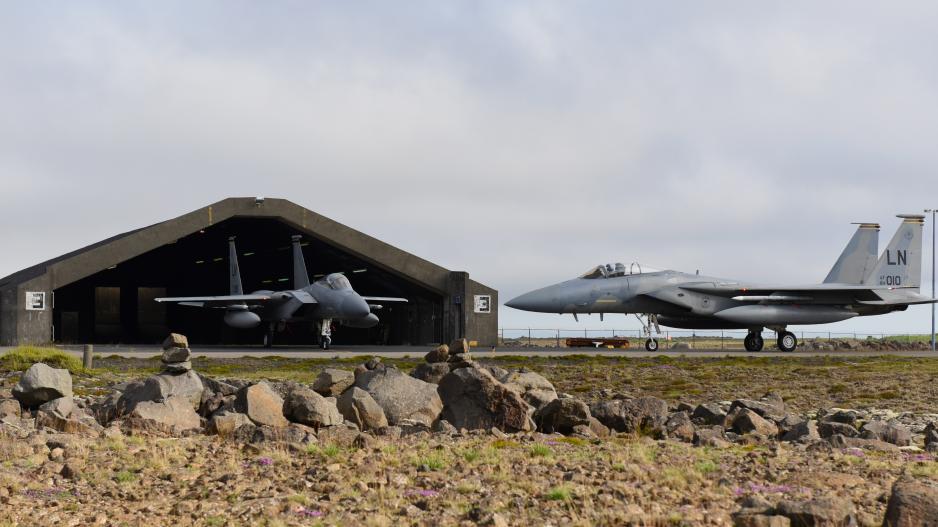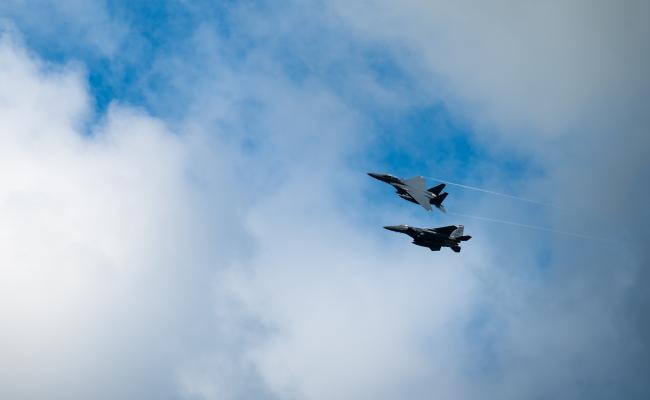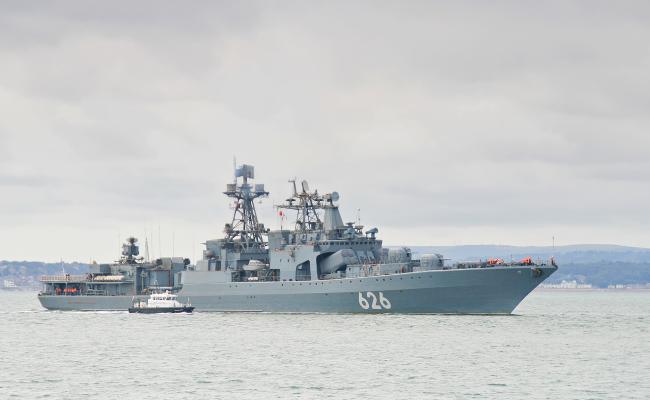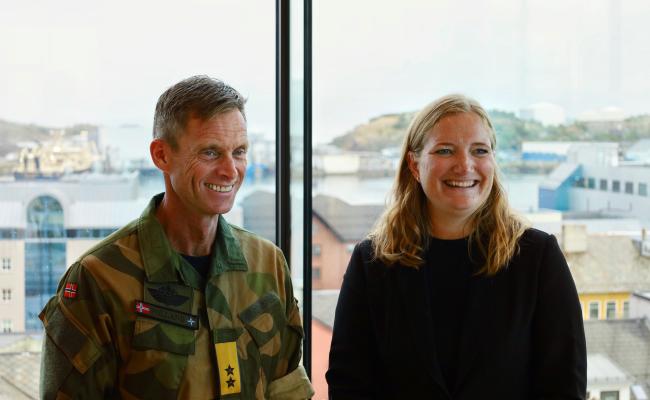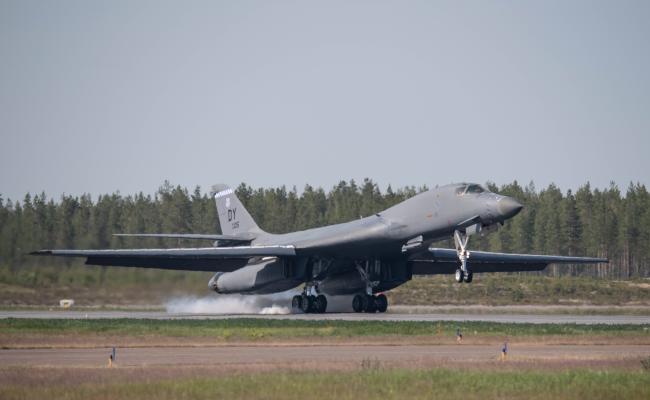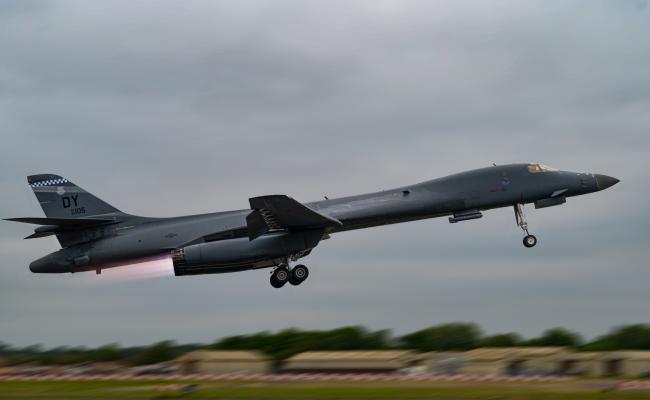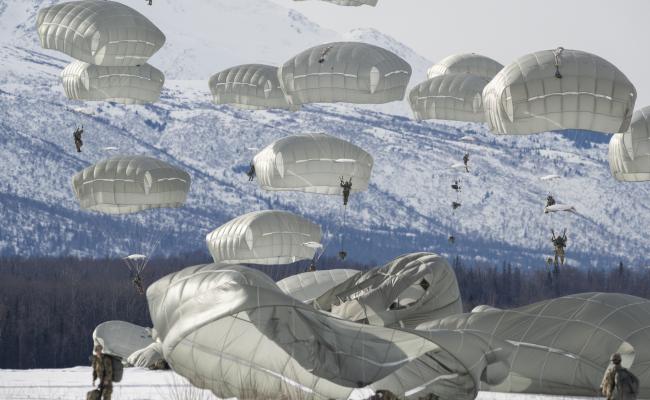– The Keflavík air station was built by the US and opened in 1943.
– The US and Iceland entered into a bilateral defense agreement in 1951. It stipulated that the USA would make arrangements for the defense of Iceland on behalf of NATO and granted base rights. After the agreement, Keflavík became a base for American forces.
– At first, the air station was run by the US Air Force. In 1961, it was transferred to the country's navy and named Naval Air Station Keflavik (NASKEF).
– In 2006, the USA decided that its military presence in Iceland should be significantly reduced – and NASKEF was closed down. That same year, Washington DC and Reykjavik signed an agreement on various conditions surrounding the closing down of the base (including the return of facilities), as well as on future security cooperation to defend Iceland and the North Atlantic region.
– Since then, US forces have not been permanently stationed in Iceland, but Keflavík Air Station (run by the Icelandic Coast Guard) has been used for temporary deployments or short service visits.
– In 2016, the USA and Iceland signed a new joint declaration on security cooperation. This partly deals with American deployments to support the NATO mission of Iceland Air Policing (established in 2009). For this, the US seems to use F-15C fighters primarily.
– In the last four or five years, American strategic bombers of the types B-52, B-1B, and B-2 have operated in Icelandic airspace, but only the latter has been temporarily stationed in Keflavík. The US also uses this air station to deploy P-8A Poseidon maritime patrol aircraft.
– As part of the USA's 'European Deterrence Initiative,' the air station's facilities were upgraded in 2020.
– The airport in Keflavík has also been important for developing Icelandic commercial aviation. A new terminal for civil traffic opened in 1987. Today, this is Iceland's largest and only international airport.
